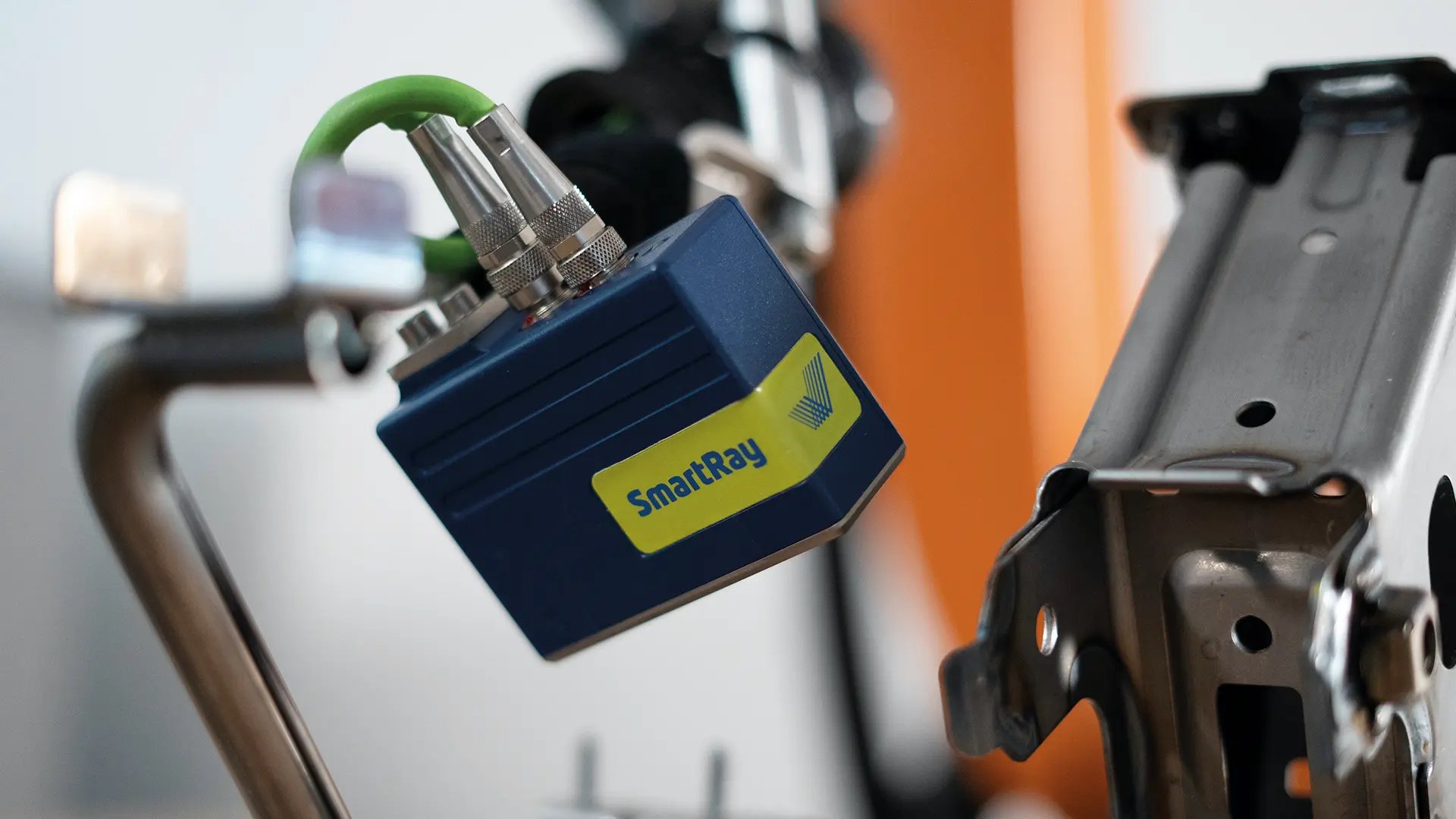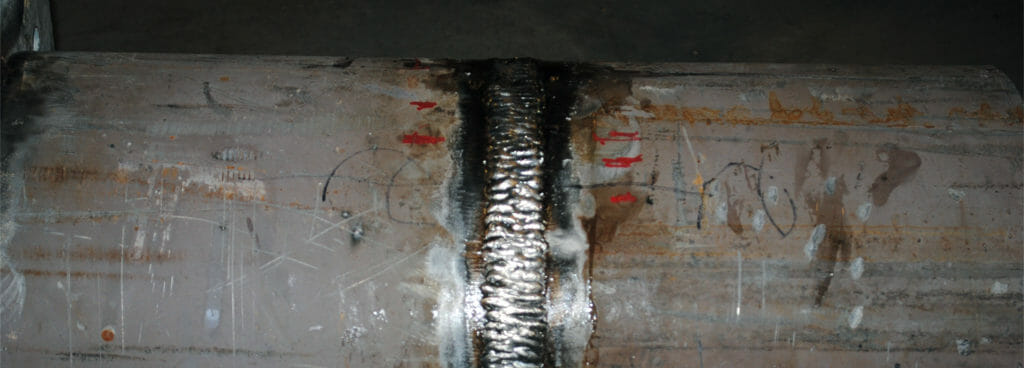The Duty of Modern Technology in Modern Welding Inspection Madison Practices
The Duty of Modern Technology in Modern Welding Inspection Madison Practices
Blog Article
Recognizing the Principles of Welding Examination to Make Sure High Quality and Security
In the realm of contemporary engineering, welding inspection stands as a cornerstone for making certain both the top quality and security of structural productions. The procedure includes a precise analysis of bonded joints, utilizing advanced techniques such as radiographic and ultrasonic testing to discover covert imperfections. The proficiency of qualified examiners is essential, as they bridge the space between academic requirements and useful application. Their duty prolongs beyond simple detection, incorporating the paperwork and interaction of searchings for to relevant stakeholders. Yet, what are the subtleties of these evaluation approaches that make them important for maintaining architectural integrity?

Importance of Welding Examination
In the realm of industrial fabrication, the relevance of welding inspection can not be overstated. Welding evaluation plays a vital role in guaranteeing the stability, safety and security, and long life of bonded frameworks. Offered the varied applications of welding in sectors such as building, auto, aerospace, and shipbuilding, the demand for rigorous quality assurance actions is paramount. Proper inspection makes certain that welds meet specified standards and codes, which is crucial for preventing architectural failings that might result in devastating effects.
The procedure of welding inherently entails intricate variables, including temperature level, product properties, and environmental conditions, every one of which can influence the top quality of the weld. A detailed assessment identifies defects such as splits, porosity, and insufficient fusion, which can endanger the strength and integrity of the weld. By finding these problems early, rehabilitative actions can be taken, thereby lowering the risk of failing and associated prices.
Additionally, welding examination adds to governing conformity, as lots of industries are regulated by strict security criteria and guidelines. Failing to stick to these policies can lead to legal obligations and economic penalties. Inevitably, welding evaluation not only safeguards physical frameworks but likewise shields human lives and supports industry track records.

Trick Welding Evaluation Techniques
Although welding inspection is critical to ensuring the top quality and safety of welded structures, it is the certain techniques used that establish the performance of the inspection procedure. Trick welding inspection methods can be broadly categorized into non-destructive screening (NDT) and destructive screening. Non-destructive screening approaches such as aesthetic assessment, ultrasonic screening, radiographic testing, magnetic particle testing, and fluid penetrant screening are mostly utilized to examine the buildings of a weld without creating damage. Aesthetic assessment is commonly the primary step, involving a thorough examination of the weld's surface area for issues like splits or porosity.
Radiographic and ultrasonic screening are extra sophisticated techniques that permit inspectors to evaluate the interior honesty of the weld. Ultrasonic testing makes use of high-frequency acoustic waves to spot discontinuities, while radiographic screening employs X-rays or gamma rays to generate a picture of the weld's inside. Magnetic particle screening and liquid penetrant screening are surface area assessment methods utilized to situate surface and near-surface imperfections. On the other hand, devastating testing techniques involve physically reducing the weld or breaking to analyze its mechanical homes. These comprehensive evaluation approaches ensure that welds satisfy sector requirements and security needs, thereby making sure architectural honesty and performance.
Duty of Qualified Assessors
Certified inspectors play a critical function in the welding assessment procedure, making sure that all welds abide with rigorous sector criteria and safety and security regulations. Their competence is necessary in recognizing flaws or abnormalities that might endanger the architectural stability of a weld. By carefully analyzing each weld, accredited inspectors help prevent possible failings that can cause unsafe mishaps or expensive repairs.
To come to be qualified, examiners should undergo strenuous training and testing, which acquaints them with numerous welding methods, materials, and screening techniques. This comprehensive expertise enables them to evaluate weld top quality successfully and More Info make informed judgments concerning their security and reliability. Qualified examiners are proficient in translating blueprints and specs, ensuring that the welding job aligns with the job's layout requirements.
An indispensable part of their duty is to document their findings extensively, offering a thorough record linked here of the assessment procedure. This documentation is critical for traceability and accountability, working as a main document of conformity with market standards. Licensed assessors also play an essential duty in facilitating interaction in between project stakeholders, supplying suggestions and understandings to boost welding practices and results. Their payment is crucial in maintaining high degrees of high quality and safety and security in welding procedures.

Devices Made Use Of in Welding Assessment
Welding assessors depend on a selection of specialized devices to do their obligations effectively, guaranteeing each weld meets the necessary criteria. Amongst these tools, aesthetic assessment aids like magnifying glasses and mirrors are basic, enabling inspectors to very closely take a look at welds for surface defects such as splits, porosity, and undercut. Calipers and fillet weld assesses are important for measuring weld measurements to verify conformity with style specifications.
Advanced devices prolong past visual help, including non-destructive testing (NDT) devices. Ultrasonic testing gadgets are pivotal in detecting subsurface imperfections, using acoustic waves to expose inner interruptions without compromising the weld's stability. Radiographic testing uses X-rays or gamma rays to capture pictures of a weld's inside, highlighting potential flaws.
Magnetic particle screening is another critical device, useful content specifically for discovering surface area and near-surface suspensions in ferromagnetic products. By using electromagnetic fields and ferrous bits, inspectors can determine imperfections that might otherwise be undetectable.
Dye penetrant examination is frequently utilized for non-ferrous products, providing a contrast-enhanced visual look for surface-breaking issues. Welding Inspection Madison. Together, these tools allow welding examiners to adequately analyze weld quality, guaranteeing security and dependability in numerous applications throughout sectors
Ensuring Structural Integrity

Welding procedures must stick to recognized standards and codes, such as those defined by the American Welding Society (AWS) or the International Company for Standardization (ISO) These guidelines make certain that the welds can stand up to ecological factors and functional stresses. Certified and certified welders play a critical function in this procedure, as their know-how guarantees that strategies are applied properly, minimizing issues such as cracks, porosity, and insufficient fusion.
Post-weld evaluation is one more crucial component of verifying structural integrity. These evaluations verify that the welds satisfy the needed top quality criteria, giving guarantee of their durability and reliability.
Verdict
The principles of welding assessment are necessary for preserving the high quality and safety of bonded frameworks. By carrying out essential evaluation methods, such as visual analyses and non-destructive screening, potential defects that can jeopardize structural integrity are recognized. Licensed inspectors are essential in making certain compliance with industry criteria and efficient communication amongst stakeholders. Making use of specialized tools better improves the inspection procedure, ultimately guarding human lives and extending the lifespan of bonded constructions.
Welding inspection plays a critical role in making certain the stability, safety and security, and durability of bonded structures.Although welding evaluation is essential to guaranteeing the top quality and safety of welded frameworks, it is the details methods utilized that establish the effectiveness of the assessment procedure. Key welding assessment approaches can be broadly categorized into non-destructive screening (NDT) and devastating testing.Certified examiners play an essential duty in the welding inspection process, guaranteeing that all welds comply with rigorous industry standards and security guidelines.The basics of welding examination are essential for maintaining the quality and safety of welded structures.
Report this page